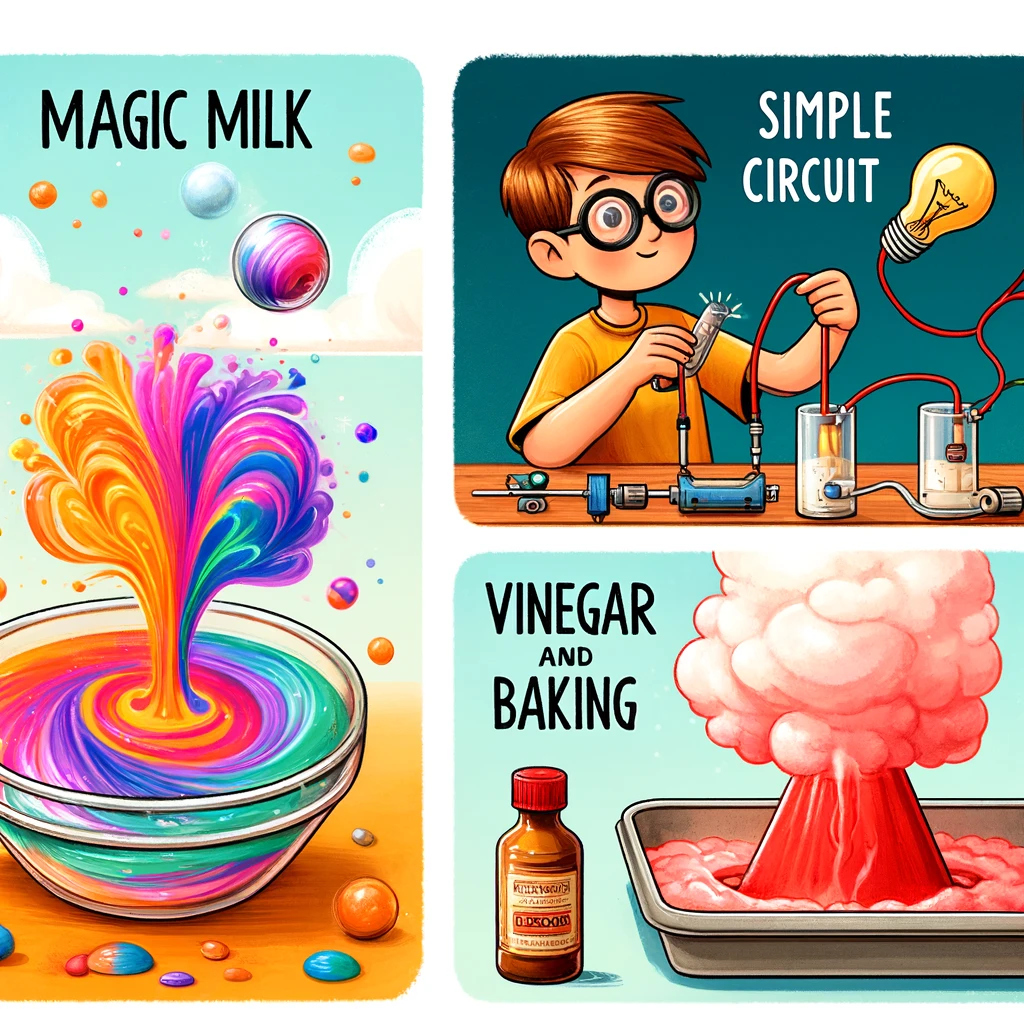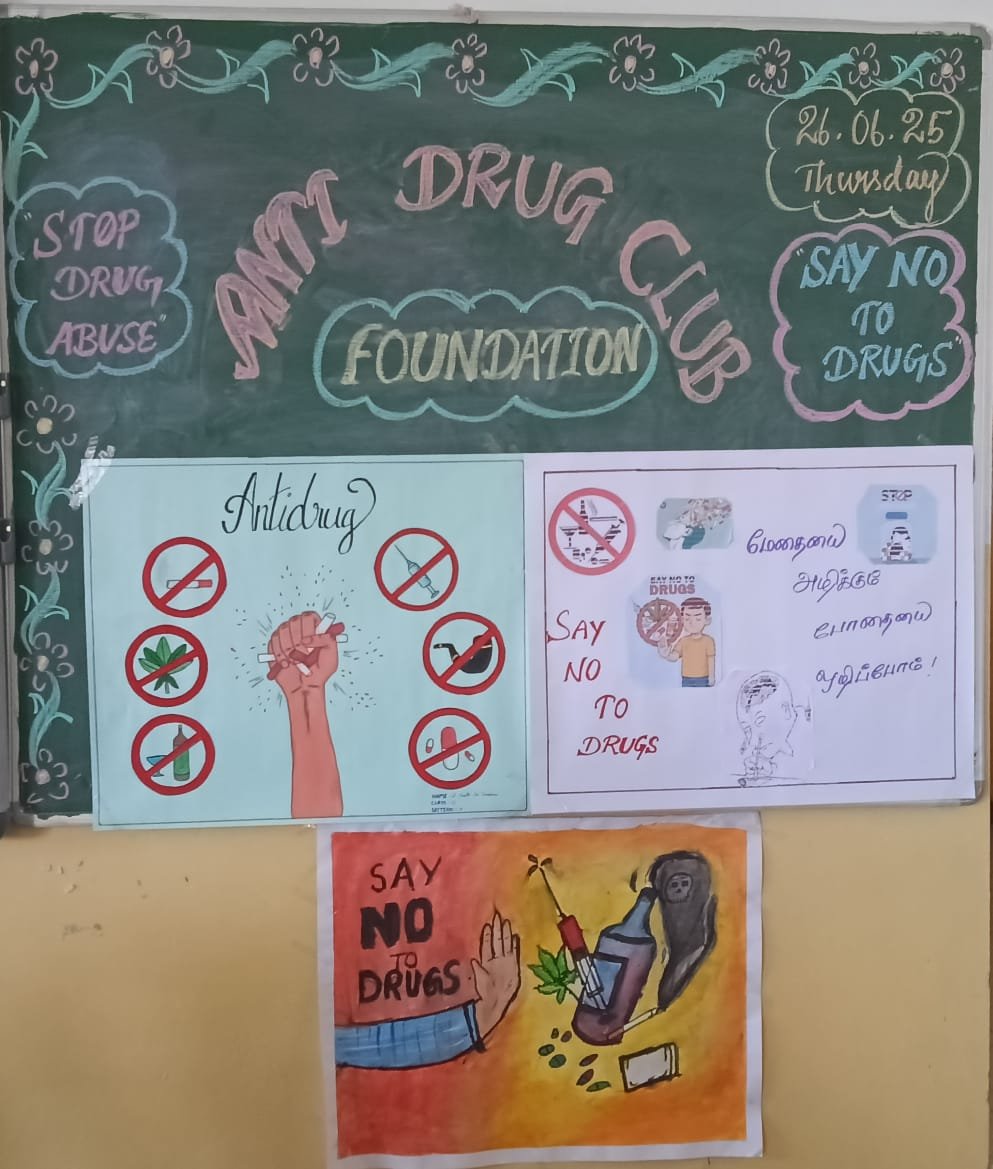Introduction Welcome to the exciting world of science right in your own home! This blog is designed to help you explore fun and simple experiments using everyday materials. These activities are perfect for enhancing your understanding of scientific concepts and satisfying your curiosity about how the world works. Let’s dive into some easy experiments that you can try today!
1. Magic Milk Experiment Objective: To observe chemical reactions and color mixing. Materials Needed:
- Full-fat milk (enough to fill a shallow dish)
- Food coloring (various colors)
- Dish soap
- Cotton swabs
- A shallow dish
Procedure:
- Pour the milk into the shallow dish, filling it just enough to cover the bottom.
- Add one drop of each color of food coloring to the milk, spacing them out.
- Dip the cotton swab into the dish soap.
- Gently touch the soaped swab to the center of the milk and hold it there.
- Watch as the colors explode and swirl around without stirring!
Explanation: The dish soap reduces the surface tension of the milk, causing the fat particles in the milk to move rapidly. This movement pushes the food coloring around, creating colorful patterns.
2. Build a Simple Circuit Objective: To understand how electrical circuits work. Materials Needed:
- Battery (AA size)
- Small light bulb
- Insulated copper wire
- Electrical tape
- Bulb holder (optional)
Procedure:
- Connect one end of the copper wire to the positive terminal of the battery using electrical tape.
- Attach the other end of this wire to the base of the light bulb or bulb holder.
- Connect another piece of wire from the other terminal of the light bulb back to the negative terminal of the battery.
- Ensure all connections are secure and watch the light bulb light up!
Explanation: By connecting the wires, you complete an electrical circuit, allowing electricity to flow from the battery to the light bulb and back, lighting the bulb.
3. Vinegar and Baking Soda Volcano Objective: To explore chemical reactions. Materials Needed:
- Baking soda (2 tablespoons)
- Vinegar (1/2 cup)
- Food coloring (red for lava effect)
- Dish soap (1 teaspoon)
- A small bottle or container
- A tray to catch overflow
Procedure:
- Place the small bottle on the tray.
- Mix the baking soda and a few drops of food coloring in the bottle.
- Add the dish soap to the bottle.
- Pour the vinegar into the bottle and quickly step back.
Explanation: The baking soda (a base) and the vinegar (an acid) react to form carbon dioxide gas, which creates bubbles and foam that look like lava erupting from a volcano.
Safety Tips:
- Always have an adult supervise when conducting experiments.
- Wear safety goggles if dealing with chemicals like vinegar.
- Keep a clean workspace to avoid spills and mishaps.
Conclusion Science is all around us, and experimenting at home is a fantastic way to see it in action. These simple experiments are not just fun; they’re educational, showing you firsthand how different scientific principles create the world we live in. So, grab your materials, follow the steps, and get ready to be amazed by science! Remember to share your results and what you learned with your classmates and teachers. Happy experimenting!




